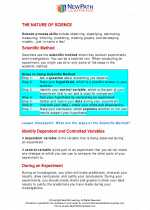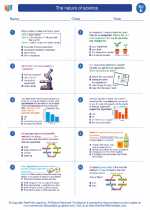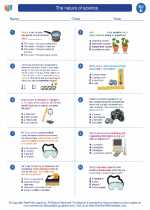Historical Sources
Historical sources are the materials and evidence that provide information about the past. These sources can come in various forms, including written documents, artifacts, oral traditions, artworks, and more. By studying historical sources, historians and researchers can gain insights into different time periods, events, and cultures.
Types of Historical Sources
There are two main types of historical sources: primary sources and secondary sources.
Primary Sources
Primary sources are original materials that provide first-hand accounts or direct evidence of a historical event or period. Examples of primary sources include diaries, letters, photographs, official documents, artifacts, and eyewitness accounts. These sources offer a direct connection to the past and can provide valuable insights into the thoughts, experiences, and perspectives of people who lived during a particular time.
Secondary Sources
Secondary sources are interpretations or analyses of primary sources. These include textbooks, biographies, scholarly articles, and documentaries. While they offer valuable insights and analysis, secondary sources are not direct evidence of the historical event or period and are based on the interpretations of the primary sources.
Studying Historical Sources
When studying historical sources, it's important to consider the following aspects:
- Reliability: Assess the reliability of the source by considering the author's credibility, potential biases, and the context in which the source was created.
- Context: Understand the historical context in which the source was produced. Consider the social, cultural, and political factors that may have influenced the creation of the source.
- Corroboration: Look for multiple sources that corroborate or contradict the information provided. Cross-referencing different sources can help validate the accuracy of the information.
- Perspective: Analyze the perspective of the source. Consider the viewpoints and motivations of the individuals who created the source and how that may influence the content.
Study Guide
Here are some questions to consider when studying historical sources:
- What type of historical source is being examined (e.g., diary, artifact, official document)?
- Who created the source, and what was their role or position in the historical context?
- What is the date of the source, and what historical events or period does it relate to?
- What biases or perspectives may have influenced the creation of the source?
- How does the source compare to other sources from the same time period or event?
- What insights can be gained from the source about the historical context or event?
By critically evaluating historical sources and considering these key aspects, researchers can construct a more comprehensive and accurate understanding of the past.
.◂Science Worksheets and Study Guides Fifth Grade. The nature of science

 Worksheet/Answer key
Worksheet/Answer key
 Worksheet/Answer key
Worksheet/Answer key
 Worksheet/Answer key
Worksheet/Answer key
